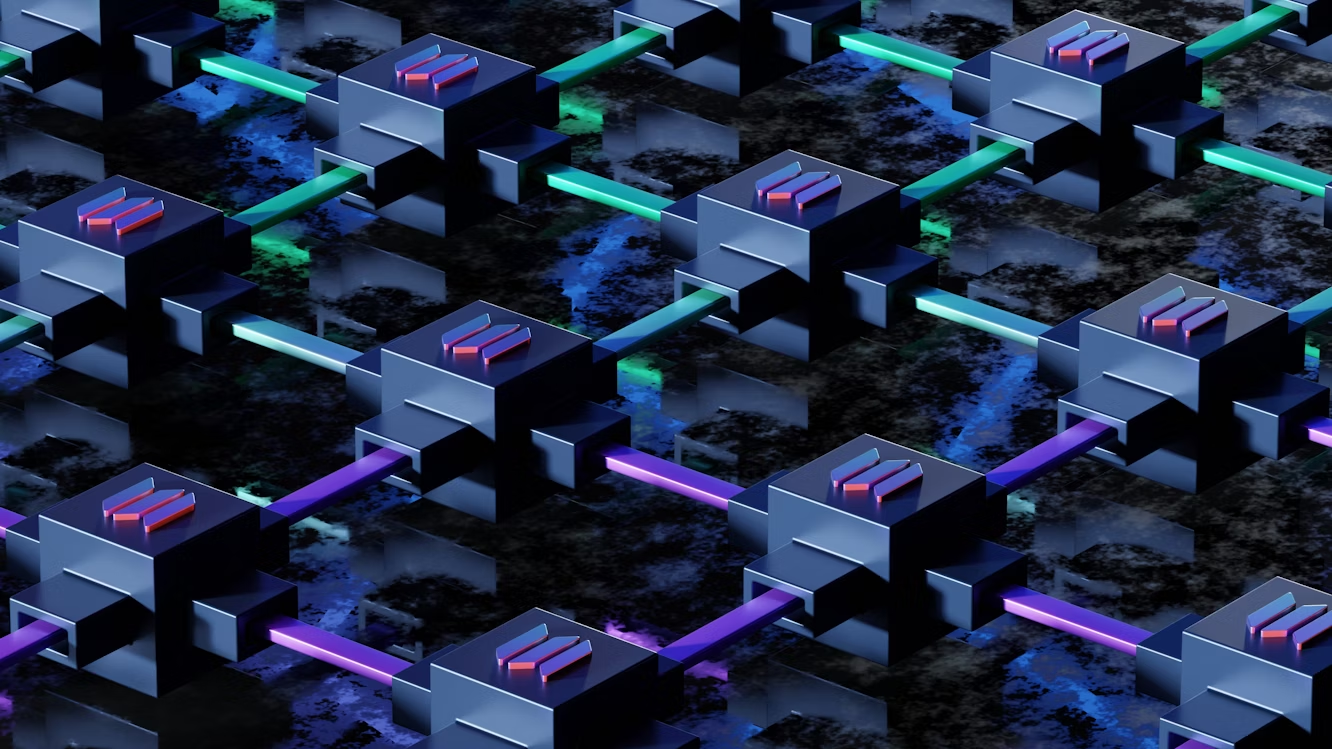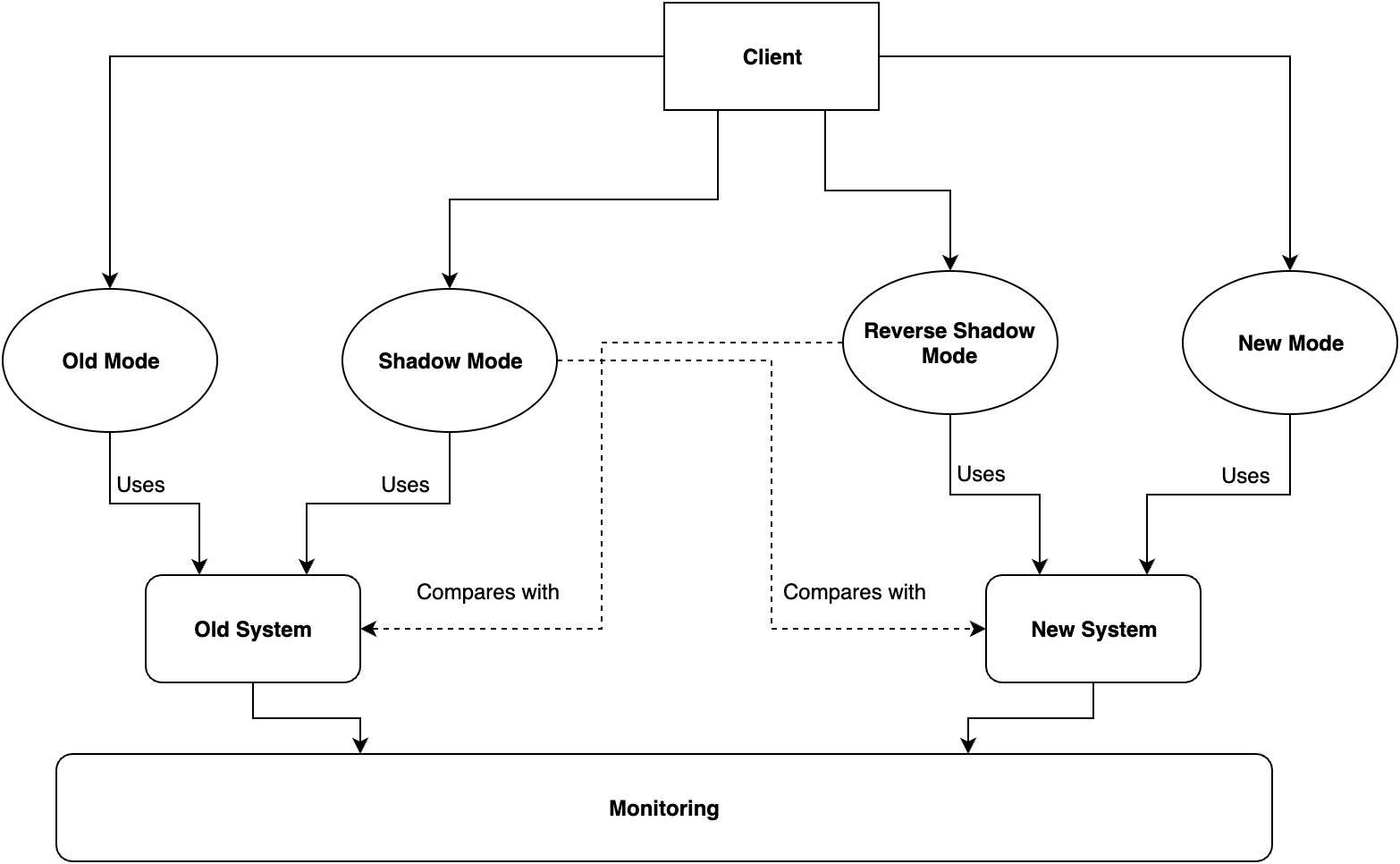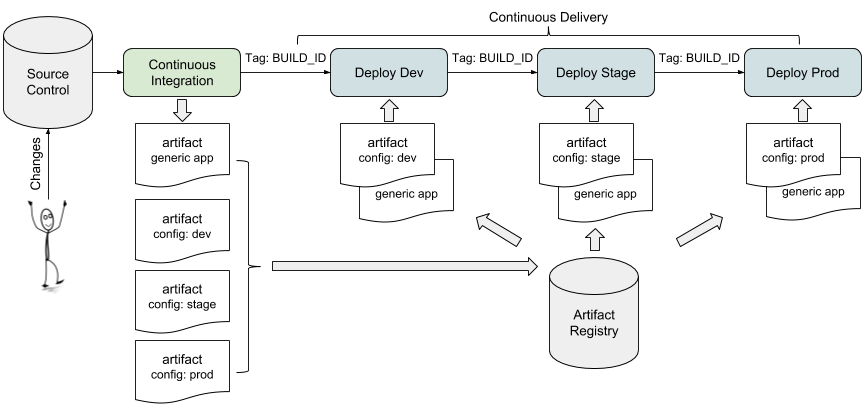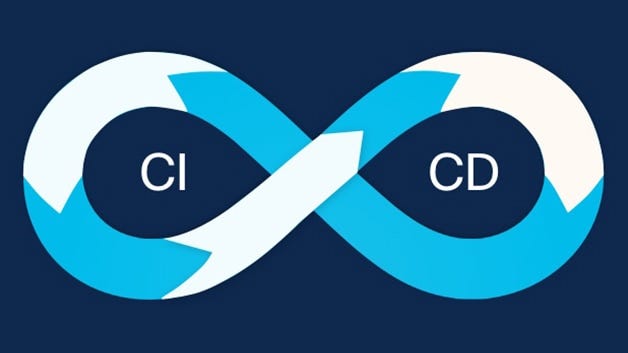A Gartner report says that around three-quarters of organizations are using the microservices architecture, which also means that a big majority of organizations also employ containers in packaging, distributing, and running software. Containerization and microservices are becoming more prevalent as organizations look for more efficient, flexible, and scalable ways to deploy and manage modern applications.
This new way of managing applications inevitably comes with new security risks and threats. In response, organizations adopt new defenses, and one of the favored solutions is Secure Access Service Edge (SASE). This security solution provides comprehensive and integrated cloud-based protection for private and SaaS apps without compromising connectivity and reliability. It ensures the security of microservices through a software-defined Wide Area Network (SD-WAN).
Here are five key benefits SASE provides for organizations that have embraced containerization.
Dynamic scaling and agility
SASE aligns with the dynamic nature of containerized applications. It affords protection for workloads with varying efficiency. It provides the network agility needed to match the scaling up or down of microservices as resources are allocated dynamically based on changes in demand. This is possible because SASE is built on cloud-native principles. Its components, particularly its networking functions and security services, can adjust elastically as demand fluctuates.
SASE comes with auto-scaling mechanisms that allow it to adjust resource provisioning according to predefined policies or in response to performance changes. It also has elastic resource allocation, which enables real-time adjustments in bandwidth, compute capacity, security services, and other resources to address current requirements. Also, some SASE solutions are designed to be container-aware, which means they are built to integrate with container orchestration platforms like Kubernetes.
Moreover, leading SASE solutions are created to integrate with major cloud providers. This provides the advantage of being able to leverage cloud-native scalability functions like Google Cloud's Compute Engine Autoscaler and Auto Scaling in AWS. This ensures seamless scalability for all containerized applications that are in the cloud.
Granular access controls
Another benefit of using SASE for containerized applications and microservices is the granular-level implementation of access controls. Organizations can set and enforce security policies that target specific attributes such as the location, type of device, and user identity. SASE also supports access controls based on application context. This fine-grained control over access to containers and microservices is significantly helpful in reducing the risk of unauthorized access and hacks designed to impersonate legitimate users.
SASE also enables application-level security policies to set access controls for specific applications or services. It allows the ability to fine-tune security in individual apps or microservices within a containerized environment. It ascertains that only users with proper authority are granted the ability to interact with sensitive data.
Additionally, SASE is designed with zero-trust principles. It does not presume regularity or safe actions based on the identity of a user. It treats all access attempts as untrusted, hence they must be authenticated and verified. SASE also deploys Policy Enforcement Points (PEP), which are designed to examine incoming traffic and apply security rules in real-time.
Optimized performance
SASE provides security in containerized environments in ways that do not result in performance issues. It leverages edge computing as well as optimized routing to ensure an optimum balance between security and performance. It brings security services close to the edge of the network to minimize performance overhead. Security measures are applied consistently across microservices and containers without noticeable latency increases while ensuring maximum throughput.
Again, SASE is designed with a cloud-native architecture, which makes it compatible with containerized environments. This results in efficient resource utilization since SASE works dynamically. Variations in workload demands are unlikely to become an issue since resources can be dynamically allocated as necessary. Resource over-provisioning is also avoided.
Avoiding management complexities
Because of their dynamic and distributed nature, containerization and microservices can be challenging for organizations that are new to them. They require more familiarity with the technical aspects and processes. This does not even account for the complexities encountered when securing containerized applications. That's why it is important to have a security solution that does not add to the complexities.
SASE provides a unified interface to manage the security of containers and microservices. It consolidates different security functions including secure web gateway, firewall-as-a-service, data loss prevention, and cloud access security broker. It takes away the tediousness and complexity of managing multiple security solutions. Additionally, SASE enables centralized security management and security policy orchestration. It allows organizations to set, enforce, and keep track of security policies through a single management interface.
A centralized approach for the security of containers, which are known to be distributed, may sound like an odd match. However, centralization is a logical strategy to ensure security visibility and comprehensively oversee the security of software deployment and management activities.
Regulatory compliance
Lastly, SASE is in line with cybersecurity regulations. It helps organizations comply with cybersecurity regulations with its comprehensive security measures. It helps meet requirements under data protection laws and regulations such as the General Data Protection Regulation (GDPR) and the California Consumer Privacy Act (CCPA). SASE's data loss prevention, encryption, and secure web gateway functions provide strong data protection at rest and in transit. Its access control features allow organizations to meet Payment Card Industry Data Security Standard (PCI DSS) and Health Insurance Portability and Accountability Act (HIPAA) requirements.
SASE is particularly good at cloud security with its cloud-native features and functions. It also bolsters incident response by enabling rapid threat detection and mitigation. It is a must-have security solution for organizations that are embracing containerization.
Robust security for containerized environments
In summary, SASE provides palpable benefits for organizations that are adopting microservices and containerization. As a cloud-native solution, it matches the security requirements of containerized environments especially when it comes to scaling, implementing granular controls, and optimizing performance. Also worth noting is SASE's ability to simplify security management amid the complexities of containers and microservices, which also helps with compliance needs. As organizations adapt to the evolution of application deployment and management, SASE serves as one of the viable tools for reliable security without compromising performance.




